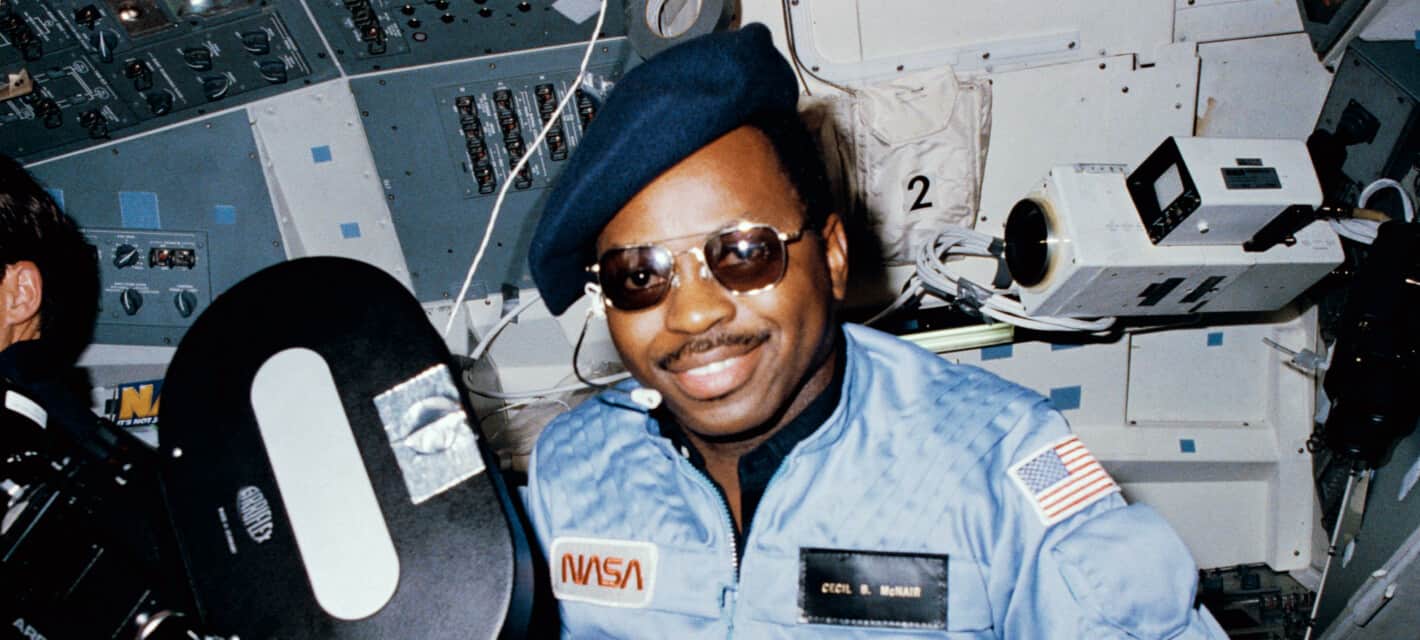Most people remember Ronald McNair (1950-86) as an astronaut who tragically lost his life on his second NASA mission. However, there’s so much more to McNair than his untimely death, and even being an astronaut. McNair became an astronaut after years as a pioneering research scientist, which given his poor background is impressive in itself. Astronaut, academic, martial artist, family man: in this article, we’ll learn about the many sides to Ronald McNair. He certainly packed a lot into his 35 years on earth, and his story is one that should inspire us all.
30. McNair was born to poor parents in Lake City, South Carolina

Lake City is a small city in the agricultural part of South Carolina, and it’s where our story starts. There, on October 21, 1950, Pearl McNair gave birth to her second son, Ronald. She taught at high school, and her husband Carl worked as an auto body repairman. Pearl and Carl were not wealthy, and worked really hard to provide for their three sons. Carl taught car mechanics to his sons, and Ronald’s exceptional talent for it led to his nickname, Gizmo. Simultaneously, Pearl tutored the boys academically, and Ronald could read and write before he started school.

